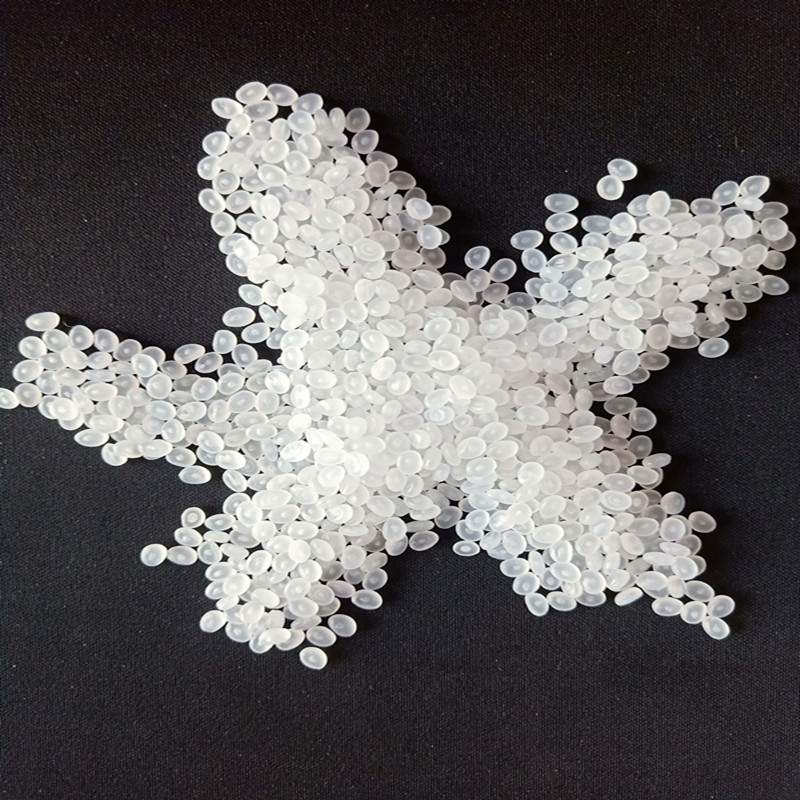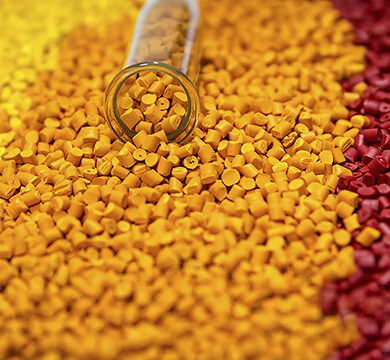Email format error
Email cannot be empty
Email already exists
6-20 characters(letters plus numbers only)
The password is inconsistent
Email format error
Email cannot be empty
Email does not exist
6-20 characters(letters plus numbers only)
The password is inconsistent

Offer Technical Support and Customized Solutions
The company is committed to creating new and improved plastic materials to meet the evolving demands of the market.

How to improve the toughness of transparent PP?
Due to the relatively high rigidity of polypropylene molecular chains and a glass transition temperature around 0°C, how can the toughness of transparent PP products be enhanced in low-temperature conditions?
Selecting Polypropylene Base Materials:
Isotactic polypropylene and random copolymer polypropylene are the main raw materials used to prepare transparent PP products. Random copolymer polypropylene, produced from the copolymerization of propylene and a small amount of ethylene, disrupts PP crystallinity and reduces crystallinity. Additionally, since ethylene offers better low-temperature toughness, random copolymer PP exhibits better low-temperature toughness than the former. Blending these two polypropylene materials can enhance low-temperature toughness and improve drop resistance to some extent. However, as the low-temperature toughness of random copolymer itself is only slightly higher than that of isotactic polypropylene, the improvement in low-temperature toughness of the mixture is limited. Therefore, special toughening agents may still be required at very low temperatures. Furthermore, the molecular structure of isotactic polypropylene itself affects its toughness, with factors like isotactic index and melt flow rate playing critical roles. Generally, higher isotactic indices and melt flow rates result in lower toughness for PP.
Using Appropriate Toughening Agents:
Toughening agents, dispersed in the form of particles within components, cause light refraction and scattering at the interface with the PP base material, reducing light transmission. Different toughening agents have varying chemical structures, glass transition temperatures, compatibilities with PP, and degrees of dispersibility within PP systems, leading to differences in their toughening effects. While there are many types of toughening agents that can be used for polypropylene, the majority (such as PE, POE, EPDM, and SBS rubber) tend to compromise the transparency and glossiness of polypropylene products, with only a few affecting transparency minimally.
For example, the toughening effect of LLDPE might be relatively poor and usually requires a higher dosage to achieve satisfactory toughening effects while significantly impacting product transparency. On the other hand, POE toughening agents exhibit good toughening effects due to their compatibility with PP and low glass transition temperatures down to -60°C, although they may somewhat compromise transparency.
Optimizing Product Design:
Key factors influencing transparent PP polypropylene products include product design, uniformity in thickness variations, edges, corners, rolled edges, ribs, etc. These factors generate significant internal stress during product production and deformation, resulting in reduced toughness and drop resistance.
Optimizing Molding Processes:
Even with identical material formulations, differences in product molding processes can impact residual internal stresses in transparent PP polypropylene products, thereby affecting their drop resistance. Higher internal stresses lead to poorer drop resistance, highlighting the direct correlation between internal stress generation and product and molding processes.

